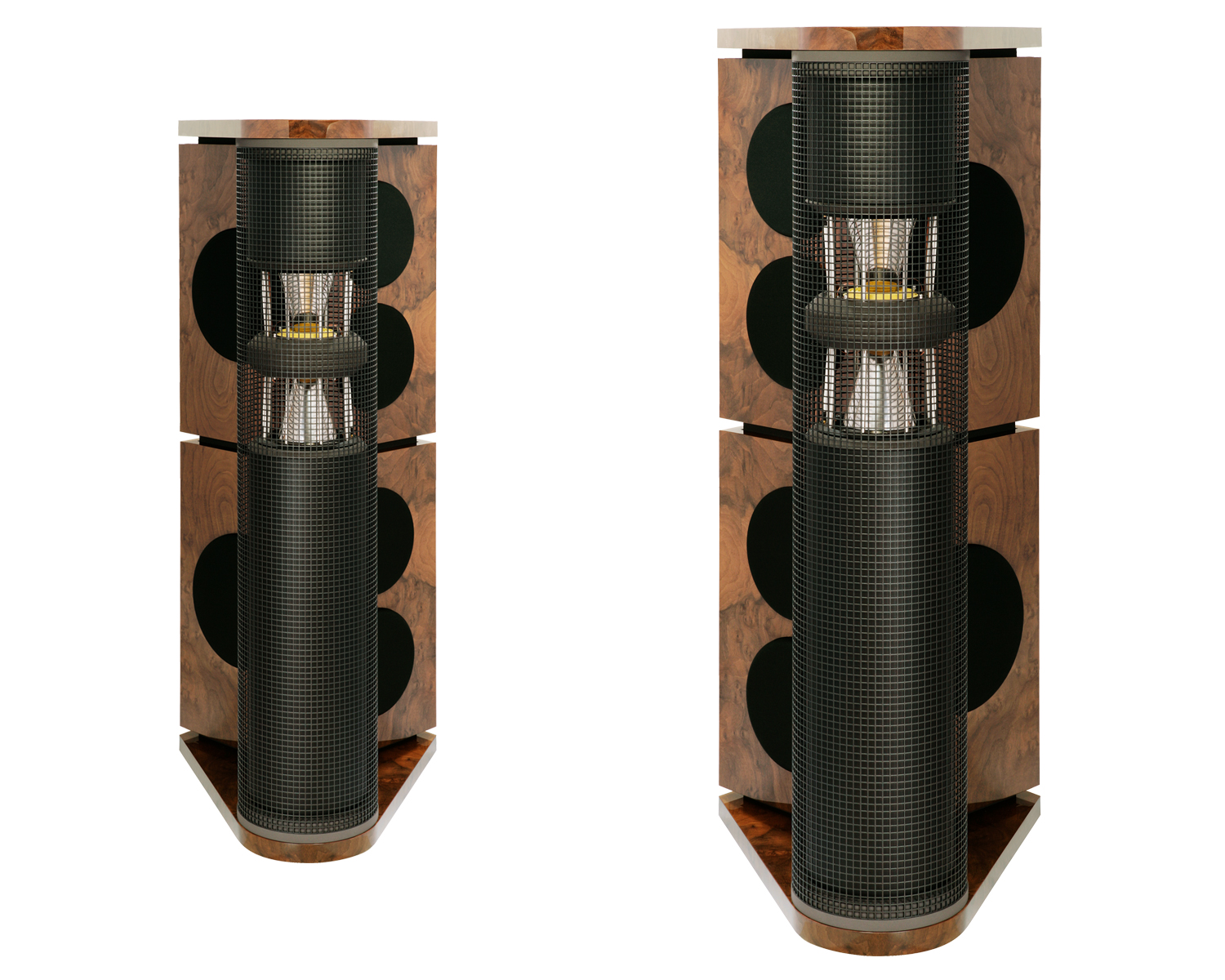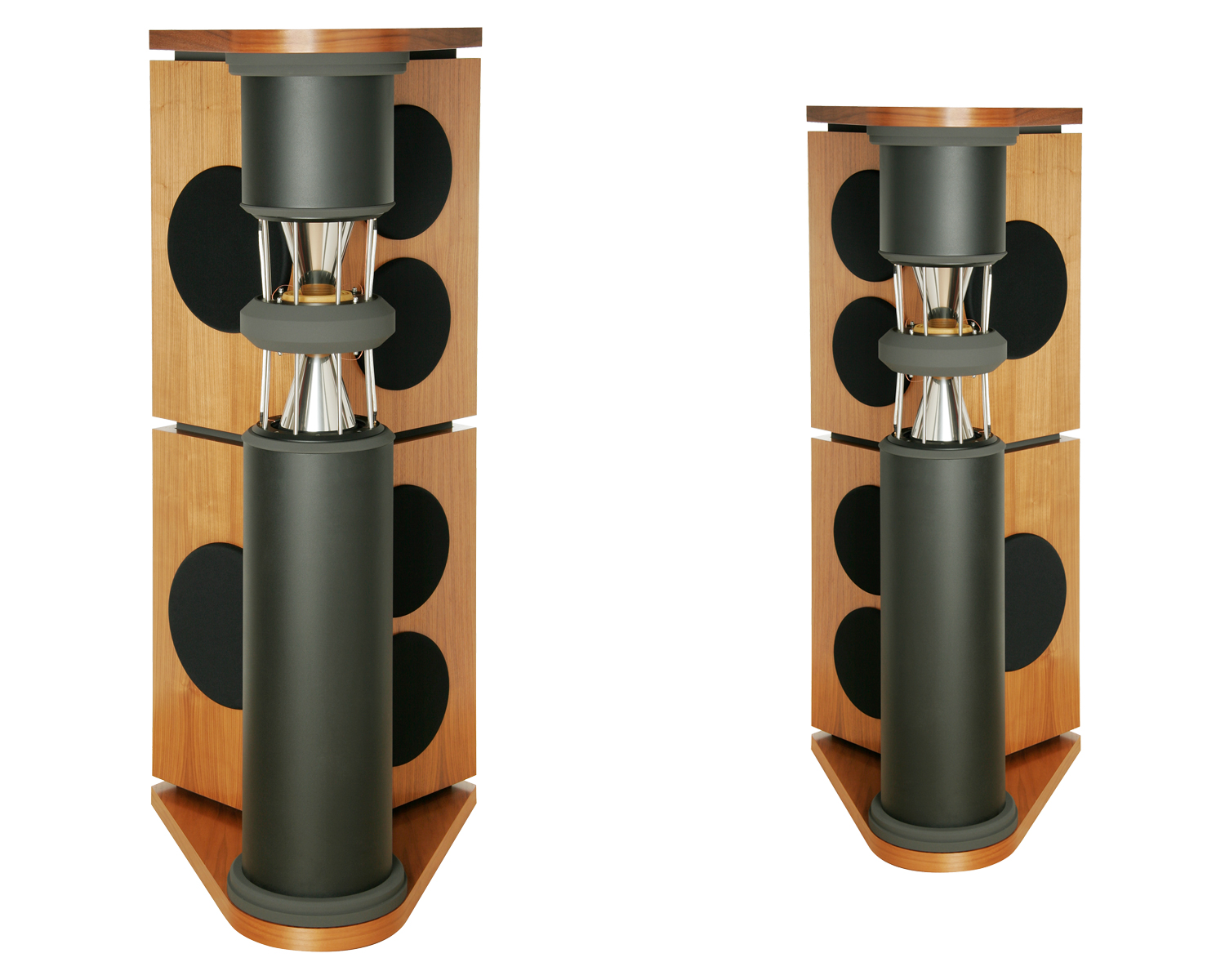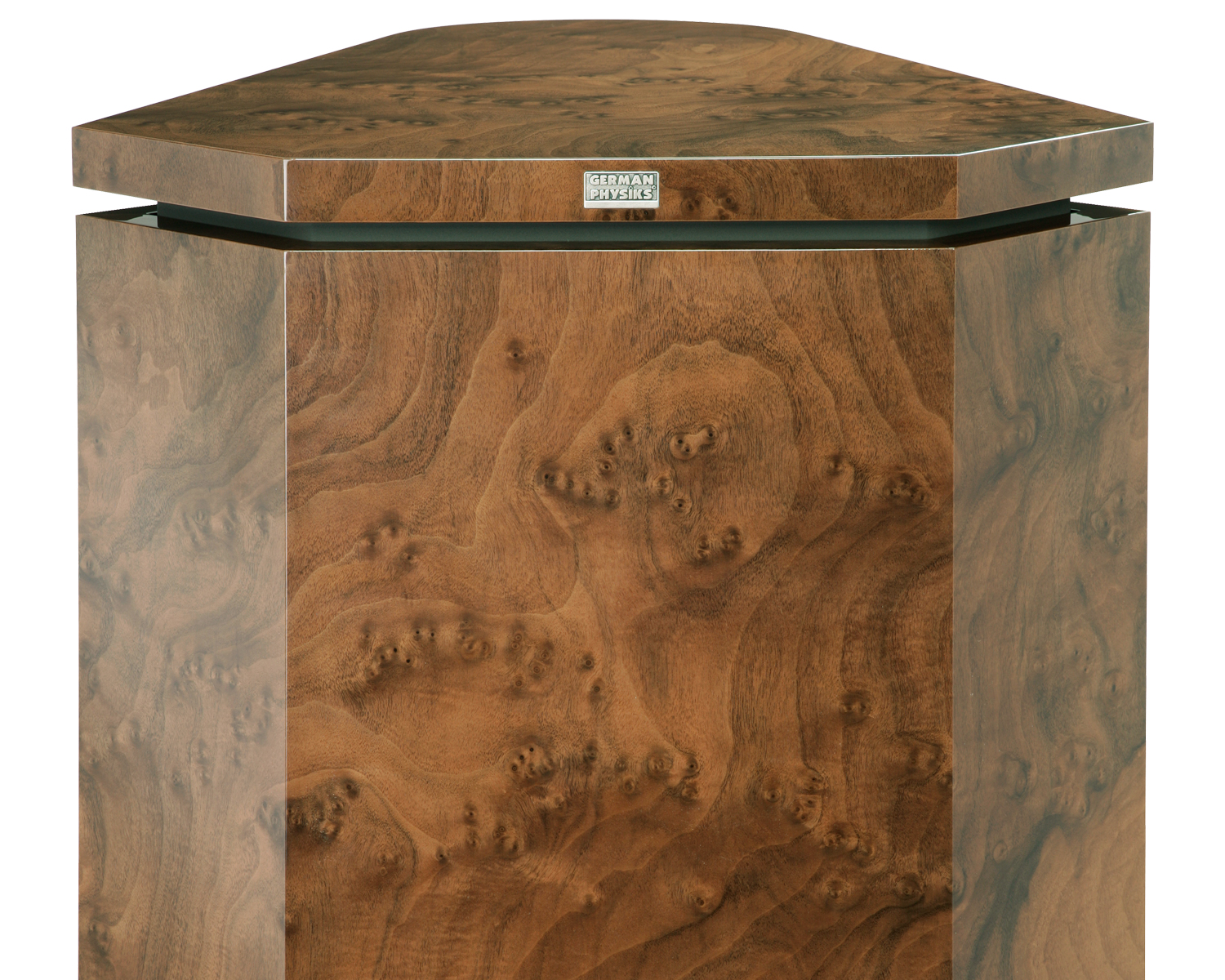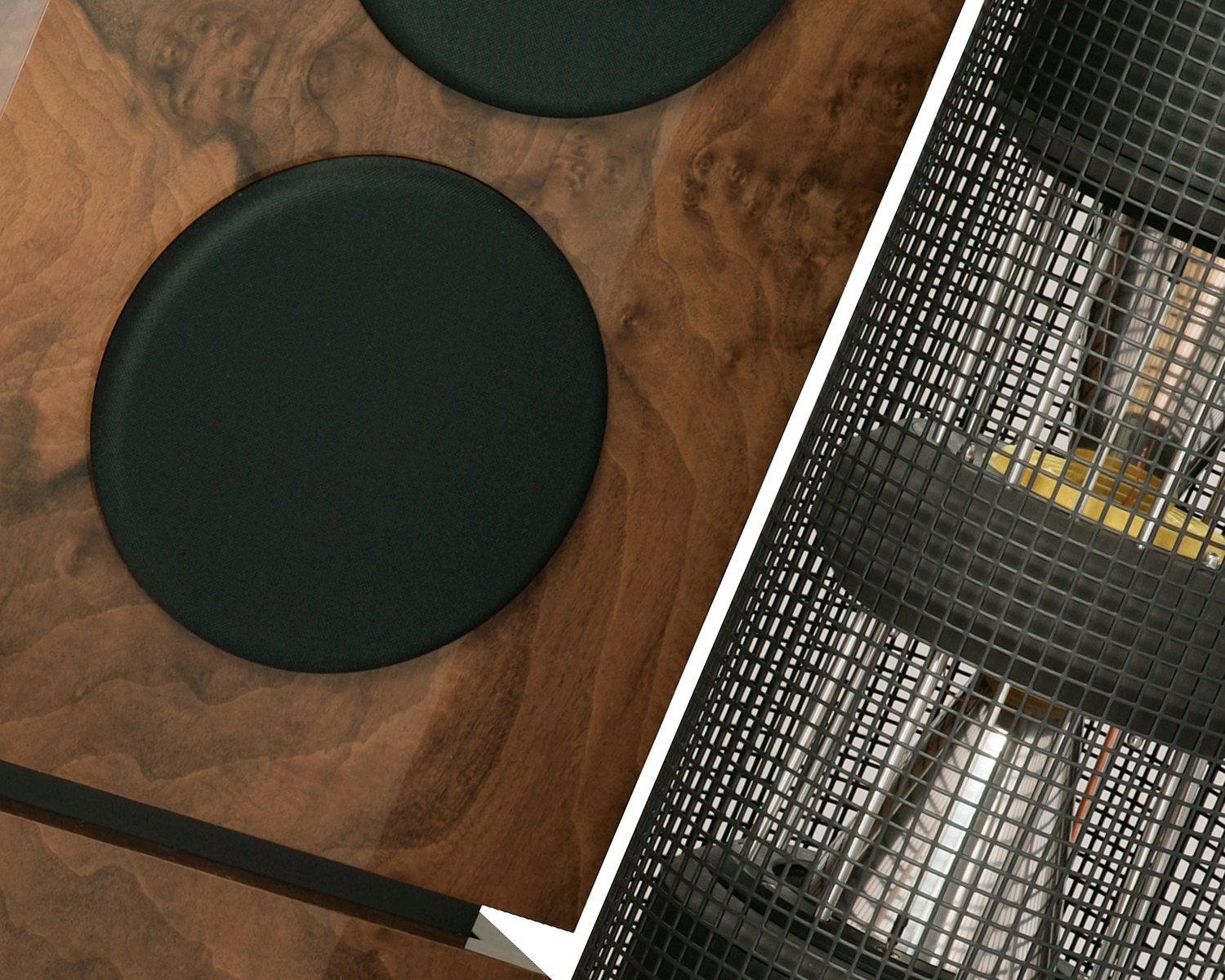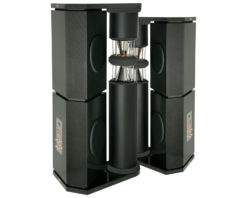Boxe German Physiks PQS-402
Contacteaza-ne pentru pret

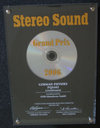
Livrare GRATUITA la comenzi de peste 300 de lei
Boxe German Physiks PQS-402
Boxe German Physiks PQS-402
Boxe German Physiks PQS-402
Overview
The design brief for the PQS-402 was to produce a listening experience comparable to that of our Loreley model from a loudspeaker with a smaller cabinet, thereby making our reference level products available to a wider audience. As well as the usual impressive German Physiks attributes, the PQS-402 also boasts a very wide dynamic range that comes close to its larger stable mate.

The PQS-402 uses two DDD drivers, two 10-inch woofers and four 8-inch passive radiators to provide exceptional dynamics and resolution that will take you a step closer to a real performance
The bass system produces prodigious amounts of deep and well-controlled bass, that at the same time has the speed and finesse to perfectly match with the dual DDD drivers. The combined effect is a loudspeaker that can do equal justice to full-scale orchestral works, or a solo voice. This is further enhanced by the PQS-402’s very high maximum output level (118dB), which allows a closer approach to live music dynamics, without compression
The Problem
Because we wanted to cross over the DDD driver to the woofer between 220Hz and 140Hz, we had to find a way to build a very fast bass system that could match the speed of the DDD driver in the crossover region and also work down to 25Hz. To reproduce low bass at high levels a lot of air has be moved. This requires either a driver with a large surface area, which will be heavy and therefore not easy to move at the speed necessary to match the DDD driver, or a driver with a long excursion, which again will be heavy due to the rigidity required to withstand the necessary acceleration. Most loudspeaker designers solve this problem by producing a 3-way system. However, in a loudspeaker the size of the PQS-402, a 3-way solution would have been worse than a 2-way solution, due to the difficulty of making 3 drivers appear to be a single source. This is especially difficult with the mid and treble drivers, where the ear’s ability to locate position is very acute. It can be done, by why bother when you have a better solution?

The Solution
Our solution was to build a bass cabinet using a fast and powerful 10-inch driver and two 8-inch passive radiators. The 10-inch driver integrates flawlessly with the speed of the DDD drivers and the passive radiators extend the bass response smoothly down to 25Hz as required. The final system comprises 2 bass cabinets that are mounted one on top of the other and stand between a top and a bottom plate. None of these components is attached to the other using screws or any other form of hard connection. Instead they are held together by a system of interlocking collars. This, combined with the fact that the two cabinets have different weights, as do the top and bottom plates, means that resonances are reduced to negligible levels compared to a solid structure.

The heart of all German Physiks loudspeakers is the unique omnidirectional DDD driver
The German Physiks DDD driver uses a cone made of extremely thin (0.15mm) carbon fibre. This is very light, but also very rigid. Each driver is hand-built by a skilled technician in our factory in Germany. This is a painstaking process that takes 6 hours. After assembly, each driver undergoes a series of rigorous tests. It is then subject to a 96 hour pre-aging process, playing specially selected music at high level. Finally, it is retested and put together with another driver to form a matched pair.
The DDD driver has two key distinguishing features
1. It is omnidirectional, meaning that it radiates the sound evenly around it.
2. It has an exceptionally wide operating range. In the Unlimited it covers the range from 200Hz up to 24kHz – almost 7 octaves.
This extremely wide range is achieved by the use of 3 modes of radiation
Pistonic radiation
Bending wave radiation
Modal radiation
By comparison, most loudspeakers use drivers that only use pistonic radiation. These have a much narrower operating range and as the frequency rises, they tend to concentrate their energy into a progressively narrowing beam. This is explained in more detail here.
Full info & available colors
| Weight | 165 kg |
|---|---|
| Dimensions | 620 × 750 × 1560 mm |
| Specificatii | Impedance Frequency response Power handling Amplification required 2 power amplifiers per channel With active crossover Crossover frequency Crossover slope (Passive version) Passive crossover adjustment Sensitivity Operating principle Input connectors Drivers Recommended room size Finish options Warranty |


